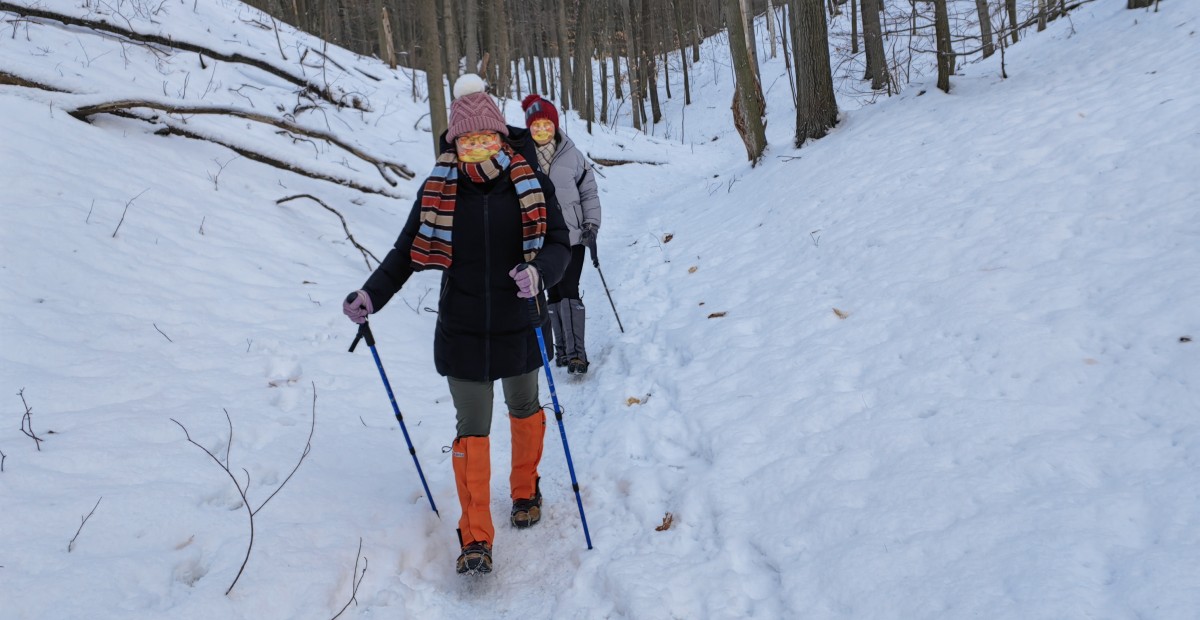
The 10 useful materials to carry when hiking in winter
When hiking in winter, it is important to be prepared and stay warm. Choosing appropriate materials is vital to ensure an enjoyable hiking experience. Here is a list of 10 useful materials to carry:
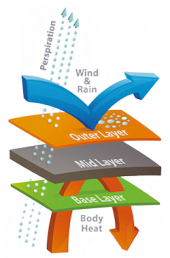
1. Layered clothing
Wear multiple layers of clothing to trap heat and insulate your body. Start with a moisture-wicking base layer, add an insulating mid-layer, and finish with a waterproof and wind-resistant outer layer.
The Best Choice for layered clothing:
Base layer
Read more ...
Mid-layer
Read more ...
Outer layer
Read more ...
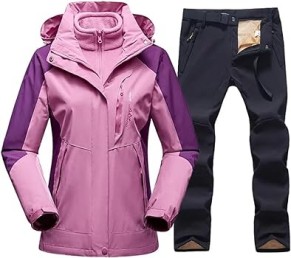
2. Insulated jacket and pants
When you are choosing a jacket and pants for winter activities, make sure you pick ones that are warm and insulated. The jacket should be lightweight but should provide sufficient warmth to keep you comfortable in cold temperatures. You should also go for waterproof pants that are insulated to protect your legs from the cold, wind, and snow, helping you retain heat and keep dry.
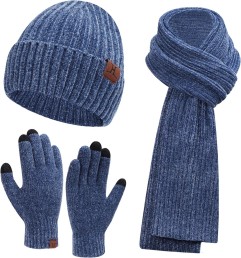
3. Hat, gloves, and scarf
Protect your extremities by wearing a thick, insulated hat, waterproof gloves, and a scarf or neck gaiter to prevent heat loss from your head, hands, and neck.
The Best Choice for hat, gloves, and scarf:
Hat
Read more ...
Gloves
Read more ...
Scarf or Neck gaiter
Read more ...
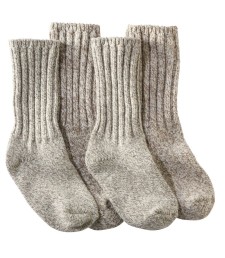
4. Warm socks
Wear thick, moisture-wicking and insulated socks to keep your feet warm and dry. It is advisable to bring an extra pair of socks in case they get wet.
The Best Choice for socks:
Socks
Read more ...

5. Proper footwear
Choose insulated, waterproof, and sturdy boots that provide good traction. This will prevent your feet from getting cold and wet and reduce the risk of slips and falls.
The Best Choice for hiking boots:
Hiking boots
Read more ...

6. Crampons
Crampons are devices that can be attached to boots to improve traction in snowy or icy conditions. They come with spikes or points that can be strapped or clipped onto boots. Crampons are essential for safe winter hiking as they help hikers navigate steep terrain and maintain stability on snow or ice. They increase overall safety and boost confidence in challenging winter conditions.
The Best Choice for crampons:
Crampons
Read more ...
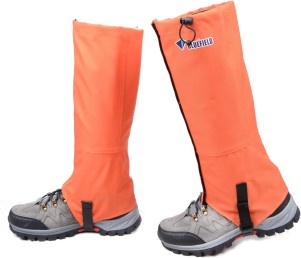
7. Gaiters
Gaiters are useful for keeping snow, moisture, and debris out of your boots. They also add an extra layer of insulation to keep your legs warm.
The Best Choice for gaiters:
Gaiters
Read more ...
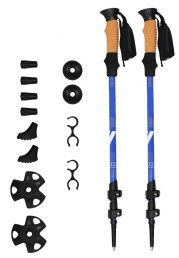
8. Hiking Poles
Hiking poles, also known as trekking poles or walking sticks, are essential equipment for hikers, and they become even more important during winter hiking. They provide stability, balance, weight distribution, and joint impact reduction while traversing various terrains, including snowy and icy conditions. Furthermore, they assist with uphill and downhill sections, allow ice probing, and can be used for emergency purposes.
The Best Choice for hiking poles:
Hiking poles
Read more ...
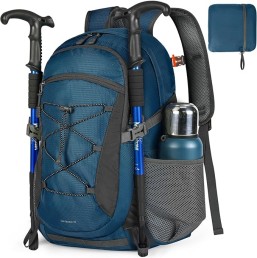
9. Backpack
Use a backpack to carry your essentials, including extra layers, food, water, a map, a compass, a first aid kit, and any other necessary equipment. Make sure it fits well and is comfortable to carry.
The Best Choice for backpack:
Backpack
Read more ...
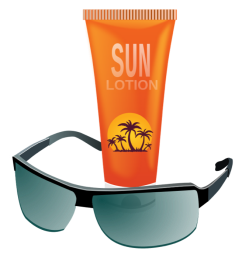
10. Sunglasses and sunscreen
Despite the cold temperature, the sun can still be intense and reflect off the snow. Protect your eyes with sunglasses and apply sunscreen to any exposed skin to prevent sunburn.
